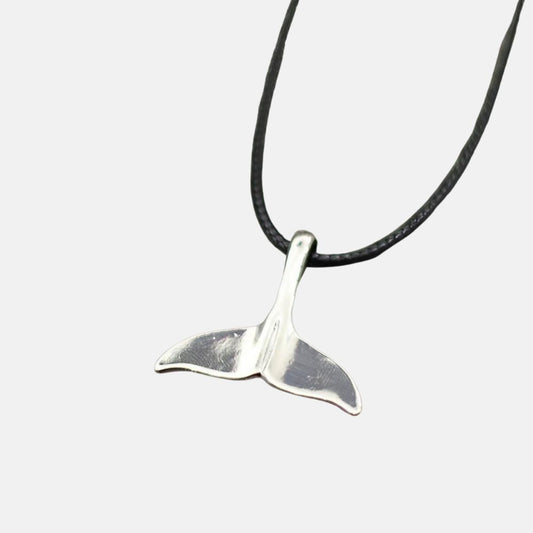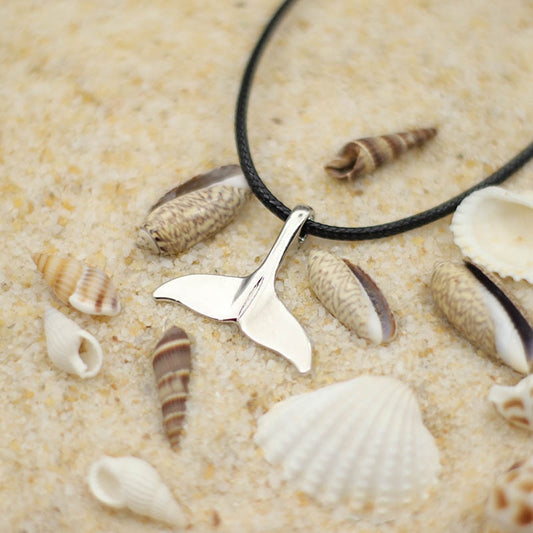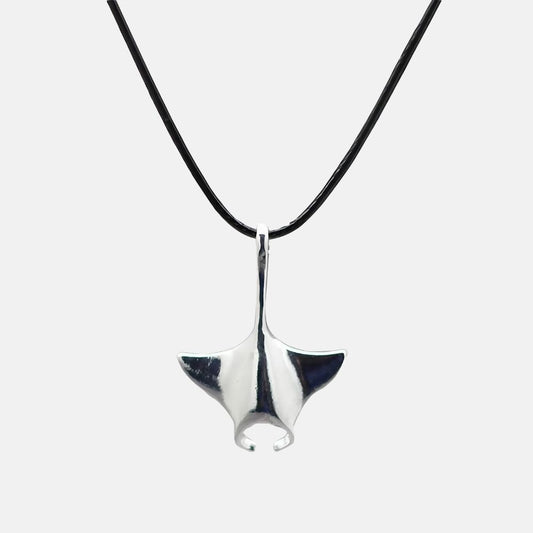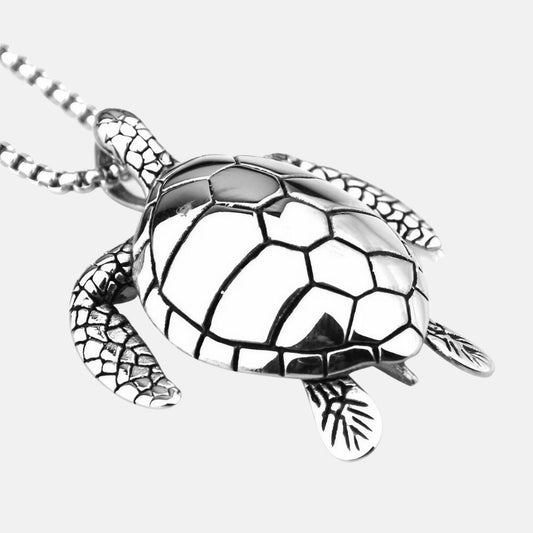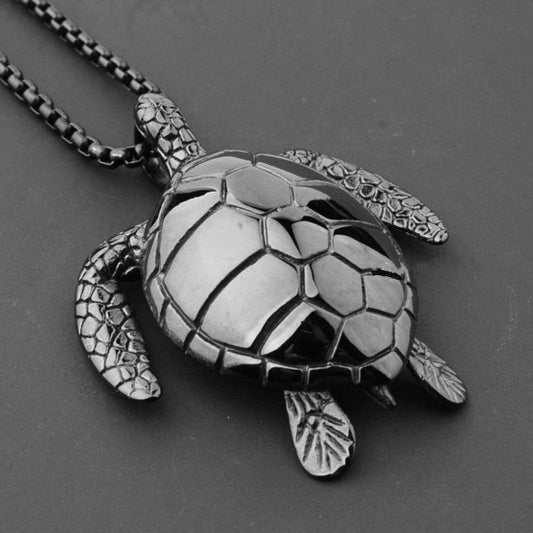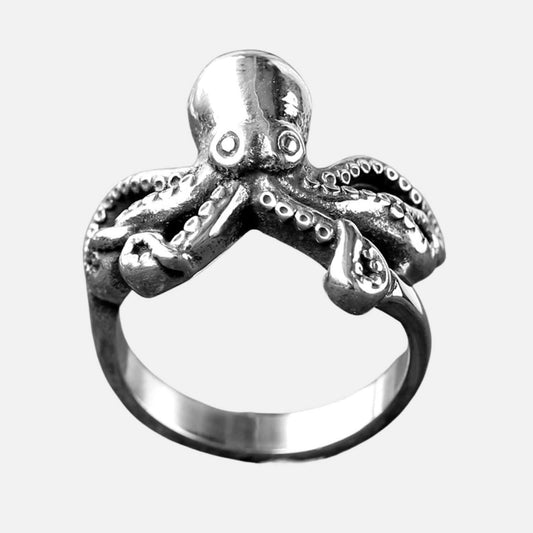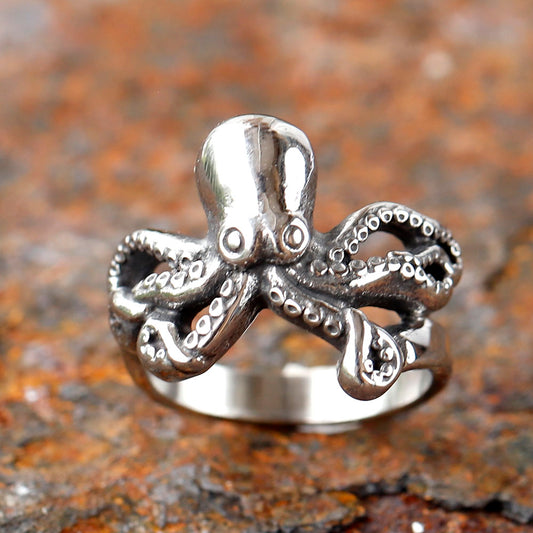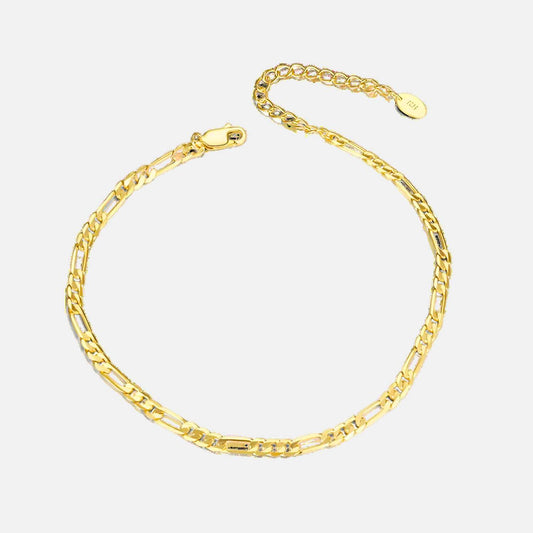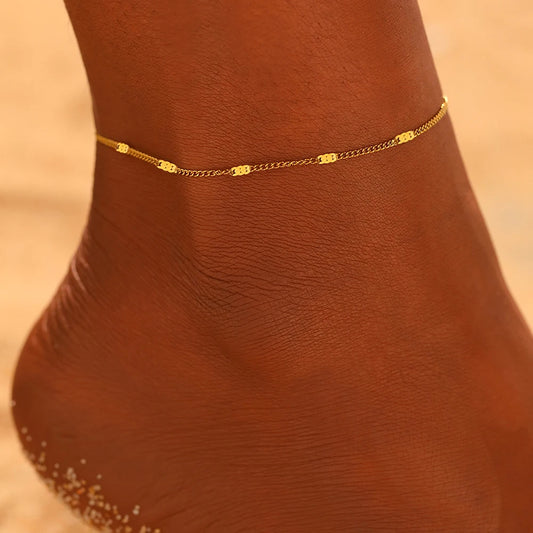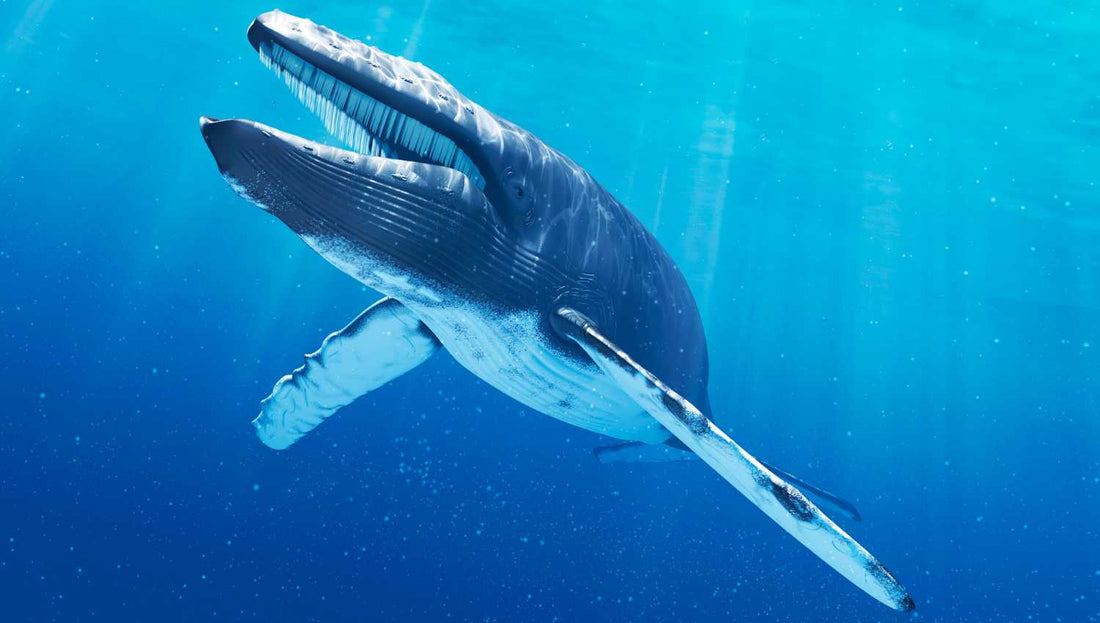
The 10 largest marine animals
Welcome to all marine wildlife enthusiasts! If you are curious about the 10 largest marine animals , you are in the right place. The creatures of the deep oceans are fascinating and some of them can grow to impressive sizes.
The largest living things in the world call the sea home. In fact, the largest creature to ever live on the planet currently resides in the ocean. Some of these creatures remain elusive and very mysterious.
That's what happens when you live in a place as unexplored as the ocean. And this is also why it has been particularly difficult to determine the size of certain sea creatures . At least that's what happened until a group of scientific researchers undertook a comprehensive survey and review of previous studies on the largest known marine species. Here's what they discovered.

Lion's Mane Jellyfish
The lion's mane jellyfish measures 36.6 meters and weighs 50 kilos . If the blue whale is the most massive creature in the sea, the lion's mane jellyfish is the longest. The tentacles of these seductive creatures can stretch up to 45 meters, a remarkable length that raises questions about their function.
They are said to get tangled in marine debris or with other tentacles, and because they notably take longer to contract, they are more vulnerable to predators that have a taste for jellyfish arms. That said, their long series of poisonous tentacles make an excellent trap for prey.

Blue whale
The blue whale measures 33 meters and weighs 150,000 kilos . Most of us have seen photos of a magnificent, gigantic blue whale, but without anything to show scale, it's hard to understand just how gigantic their size is.
The blue whale is the largest animal ever known, surpassing even the dinosaurs. It weighs up to two tonnes. Their hearts are the size of a car and their beating can be detected up to three kilometers away.
At birth, they are already among the largest marine animals. Due to whaling , the species almost became extinct in the 20th century. Fortunately, it slowly recovered after the global ban on whaling.
That said, there are fewer than 25,000 blue whales left. These animals remain endangered and face a number of serious threats, including ship strikes and the effects of climate change .

Sperm whale
The sperm whale measures 24 meters and weighs 41,000 kilos . The sperm whale is a species of toothed whale that is the largest toothed predator of all time, as well as the largest toothed whale. With a length of almost 20 meters, it can reach a height equivalent to an eight-story building if placed on its back in the street.
Underwater, the sperm whale's cry can reach 230 decibels , which is equivalent to a noise of 170 decibels on land, comparable to a gunshot fired a few meters from the ear. The sperm whale has the largest brain of any animal on the planet, weighing around 10 kilos.
Unfortunately, the sperm whale was extensively hunted in the 18th, 19th, and 20th centuries for its waxy substance called spermaceti , found in its head cavities, used to produce candles, soap, cosmetics, lamp oil, and other commercial products.
Before whaling, there were approximately 1.1 million sperm whales in the oceans , but today their numbers are reduced to a few hundred thousand . While this may seem like a large population compared to other endangered whale species, it is still a considerable decrease from their once abundant population, which is discouraging. 
Whale shark
The whale shark measures 18.8 meters and weighs 19,000 kilos . According to National Geographic, the whale shark can grow up to 40 to 60 feet long, making it the largest fish in the world. As the Oceana website mentions, the whale shark has skin mottled with light and dark markings that give it a unique and identifiable appearance.
According to the International Union for Conservation of Nature (IUCN) , the whale shark is classified as an endangered species due to overfishing in certain parts of the world, particularly in Asia where its meat and fins are very popular.

Basking shark
The basking shark measures 12.27 meters and weighs 5,200 kilos . The basking shark is, to our knowledge, the second largest fish in the ocean . The largest of them measured more than 12.19 meters, the length of a school bus .
The basking shark is often seen with its huge snout wide open near the water surface. But don't worry if you come across one while swimming in the ocean; they are gentle giants whose diet consists mainly of plankton , fish eggs , and larvae .

Giant squid
The giant squid measures 12 meters and weighs 450 kilos. The giant squid wins the prize for longest cephalopod. Scientists have had few opportunities to observe these incredibly elusive animals in their natural habitat. It was in 2012 that a group of scientists from the National Science Museum of Japan first filmed a giant squid in its deep habitat.
What we learned about this enormous cephalopod is that it has quite a range. Its tentacles can catch prey at distances of more than 10 meters. The giant squid is also legendary in sea monster tales, where it has been associated with the sea monster Kraken .

Giant Pacific Octopus | Radial gauge: 9.8 meters | 71 kilos
The giant Pacific octopus measures 9.8 meters and weighs 71 kilos. It is the largest cephalopod of all. This oversized octopus has a radial wingspan of over 9.8 meters.
Although typically reddish brown , the octopus can change color when threatened or in need of camouflage . Intelligent by nature, the octopus can open jars, solve mazes and play with toys.
Aquariums often offer enrichment activities for octopuses to exercise their brains. In the wild , the giant Pacific octopus is found throughout the Pacific, from Alaska to Baja California, and as far as northeastern Japan.

Regalecidae | Total length: 8 meters | 272 kilos
The Regalecidae measures 8 meters and weighs 272 kilos. The Regalecidae , whose shape is decidedly strange, is called sea serpent or sea dragon . These fish are long - the longest bony fish we know of - and live at depths of 1000 meters.
Regalecidae, also called ribbon fish, inhabit the deep dark water columns of the open ocean and rarely emerge to the surface, making them difficult to observe alive and healthy.
The majority of our knowledge of this species comes from specimens that have washed up on shore. These fish can reach up to 26 feet in length and are distinguished by the absence of scales and their large eyes, which allow them to see better in their deep, dark habitat.

Mole
The Môle measures 3.3 meters and weighs 2,000 kilos. It known as the oceanic sunfish , is a weird and wonderful bony fish that holds the title of the heaviest bony fish known to date. It is often nicknamed "swimming head" because of its circular shape without a tail. Measurements have revealed that this giant fish can reach a length of 3.30 meters and an impressive weight of 2,300 kilos.
Although the Mole has no tail , it uses its powerful fins to propel itself through the water. It can also swim sideways thanks to its side fins. This fish is generally solitary, but it can group with other Moles to carry out cleanings.
The Mole's diet is mainly composed of jellyfish and zooplankton. It is a top trophic level predator that has no true predators except sharks and sea lions .
Due to its size and rarity , the Mole is rarely observed in the natural environment. However, it is considered a vulnerable species due to overfishing and ocean pollution. It is therefore important to take steps to protect this fascinating species.

Japanese spider crab | Leg span: 3.7 meters | 20 kilos
The Japanese spider crab measures 3.7 meters and weighs 20 kilos . With a wingspan of more than 3 meters, the Japanese sea spider is an arthropod , from the same phylum as crustaceans , spiders and insects. It is not only the largest crab or crustacean in the family, but it also holds the title of largest living arthropod.
As the Japanese sea spider ages, its legs continue to grow while its shell remains the same size. Juvenile Japanese spider crabs are known to decorate their shells to camouflage themselves.
Conclusion on the 10 largest marine animals
In conclusion, the diversity and size of marine animals are fascinating and often difficult to understand. The oceans are home to incredibly massive and amazing creatures, such as the blue whale, the giant squid , and the white shark .
Technological and scientific advances today allow us to better understand these majestic animals and their behavior in their natural environment. It is important to continue to protect these animals, as well as their habitat, in order to maintain the balance of marine ecosystems . By exploring the marine world and learning more about the animals that live there, we can be inspired to preserve this unique and fascinating environment for future generations.

